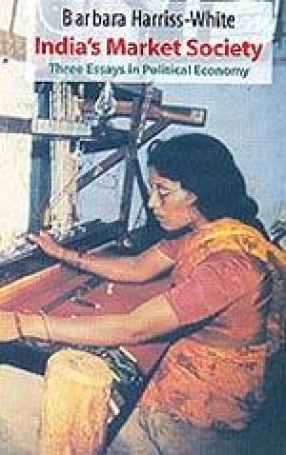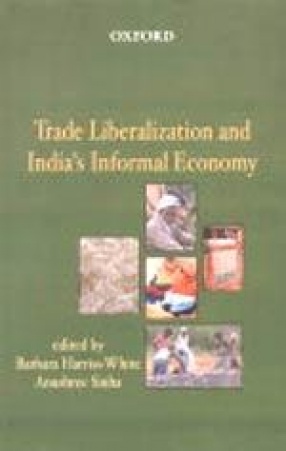
Showing all 3 books

Three Essays and an Atlas Indias founding fathers and neo-liberalisers alike expected economic development to dissolve archaic forms of exchange, but the modern Indian economy remains embedded in caste relations. At the base of the caste hierarchy are formerly untouchable and tribal workers. But a growing minority of dalits and adivasis have been incorporated into the Indian economy not as workers but as owners of firms. The Atlas shows the striking and ...

Barbara Harriss-White's work breaks new ground in showing how non-market and non-state institutions shape India's market society. She focuses on markets for land, labour and essential commodities in small town economies to show the vitality of caste and 'religious pluralism' (among other factors) in their functioning. Far from being vestiges of an earlier era, she argues that both caste and religion are being reworked in the contemporary era to ensure the ...

Despite its highly labour-intensive nature and potential for employment generation, the informal economy has come to epitomize subsistence production or petty trade, which is invariably linked to poverty and exploitation. About 35 per cent of the working population in this sector lies below the poverty line. Due to its large size, difficulty in collecting data, and the migratory tendencies of both labour and firms, regulatory authorities have found it difficult ...
